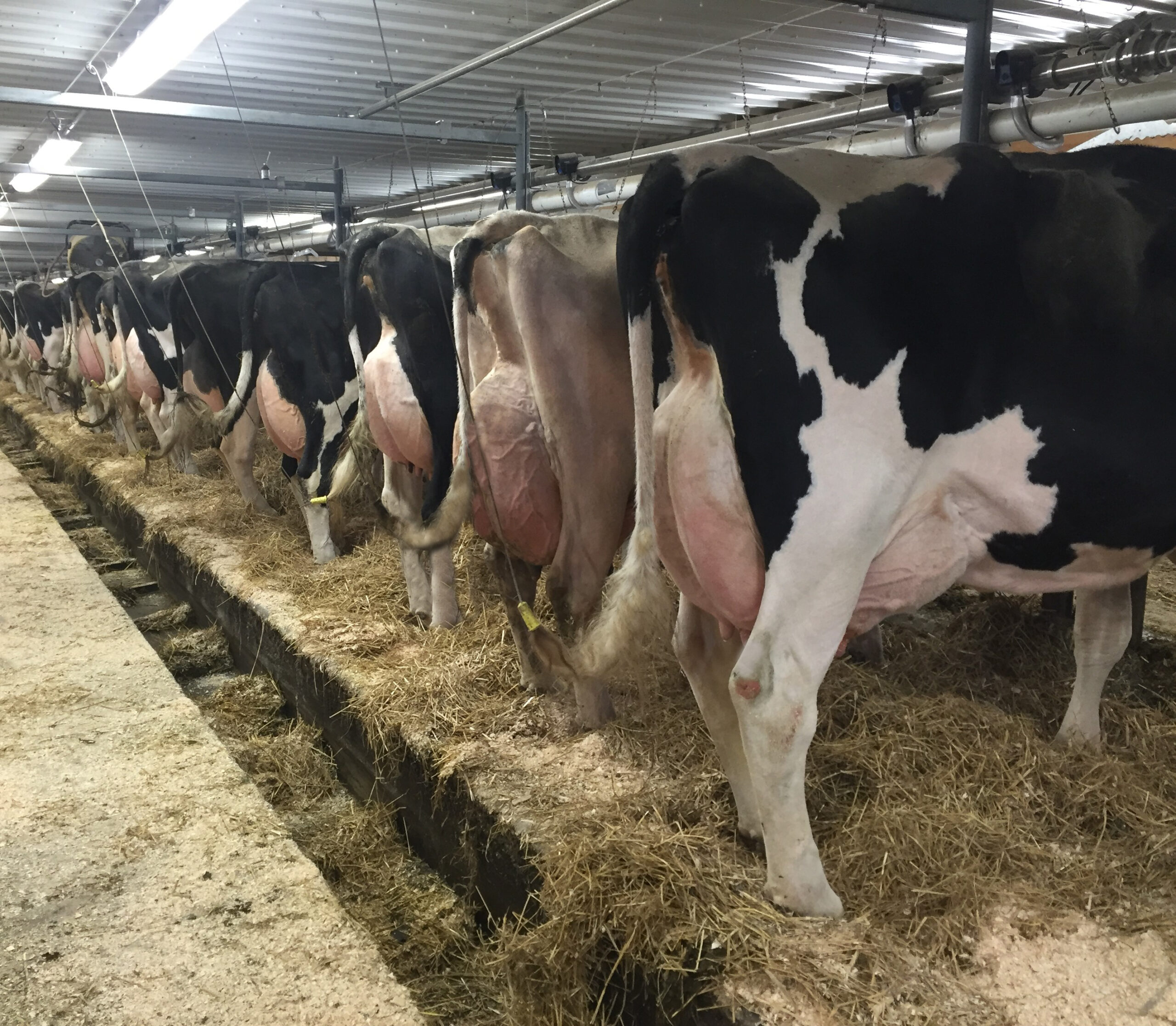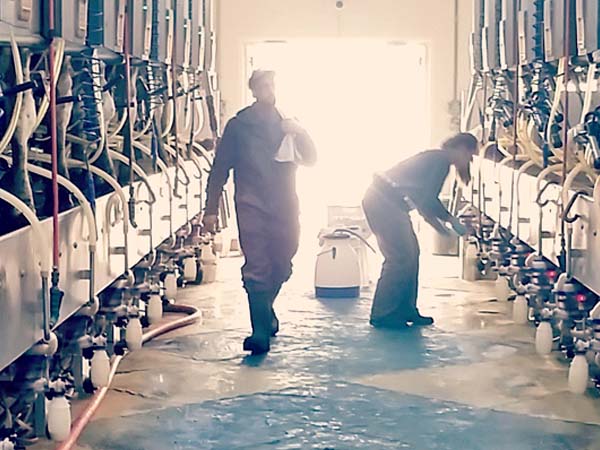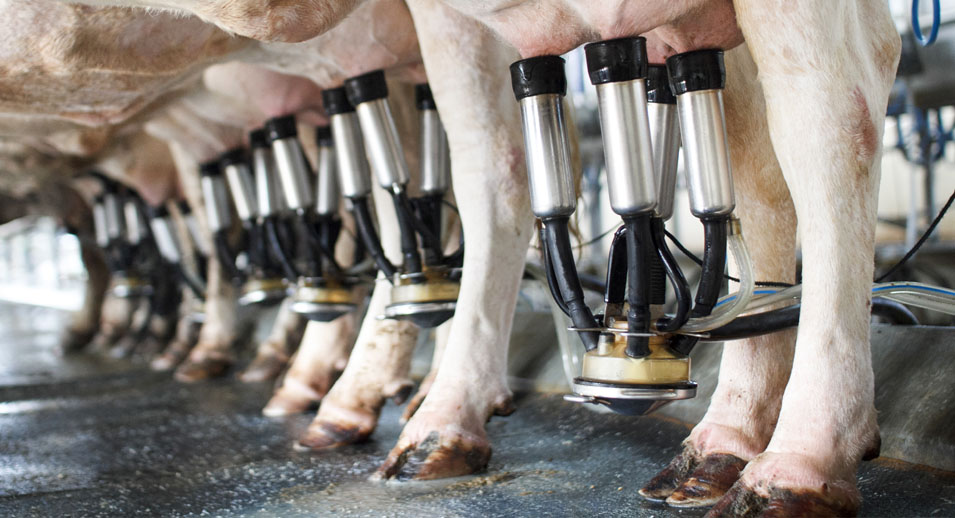Tips from the pros to ensure milk quality
- November 20, 2020
When bacteria is present in bulk tank milk, it can ultimately affect the taste of the milk that we drink. It is essential that all of the proper conditions be met in order to keep the bacteria levels in milk low.

Certain conditions can favour the proliferation of bacteria, notably temperature, pH or the presence of nutrients and water. The bacteria multiplies by separating in two each time it divides. For example, the number of E.coli bacteria doubles every 20 minutes at an ambient temperature of 20 C°. Just one E.coli bacterium in the milk, when left at an ambient temperature of 30 C°, will multiply into 4,000 in just 4 hours!
Pay special attention to the cooling and washing process!
The sources of bacterial contamination of milk are diverse. Here are several points to verify concerning the cooling and washing process that can help to ensure that the bacterial growth in the milk is remains under control.
1. Cooling
The milk must be cooled to a temperature between 0 and 4 C°. The cooling process should ideally be reached within 30 minutes of the end of the first milking and with a maximum delay of two hours after the end of milking.
With subsequent milkings, the temperature of the combined fresh milk and bulk tank milk should not exceed 10 C° for more than 15 minutes and complete cooling should be reached a maximum of one hour after milking is complete.
These target temperatures are programmed in the thermograph.
Failing to reach these cooling objectives over a short period may seem inconsequential but it can actually have a considerable impact. In fact, if several producers in the same situation end up on the same pick up circuit, the whole tank truck could be affected, resulting in consequences for the milk transformation plant.
Bulk tanks that are filled over 80% of their capacity (more than 80% of the total volume) do not perform as well when cooling. They should be replaced when this volume level is reached.
Radiators should be verified and cleaned on a monthly basis. Rigorous maintenance at regular intervals is vital to ensure efficient performance. Refrigerant gas leaks can affect the performance of cooling devices. It is therefore imperative to take the necessary steps if a leak is detected.
2. Washing
The thermograph monitors temperatures and warns of poor washing performance. Wash cycles should reach the temperatures specified by the soap manufacturers.
If the thermograph emits an audible warning during the wash cycle, it is important to observe the water level and operation of the air injector during the wash cycles. It is also recommended that temperatures and soap doses be verified manually to properly evaluate what it is that may not be working.
These simple gestures will often make it possible to confirm la cause of the problem and find the necessary corrective measures. Rest assured, your thermograph does not sound a warning for nothing!
Take a look at Lactanet’s milk quality page to find out more about this service.











